SEARCH






|
|
|
|


by Editor Lourens Durand
Published the 24th of July 2020
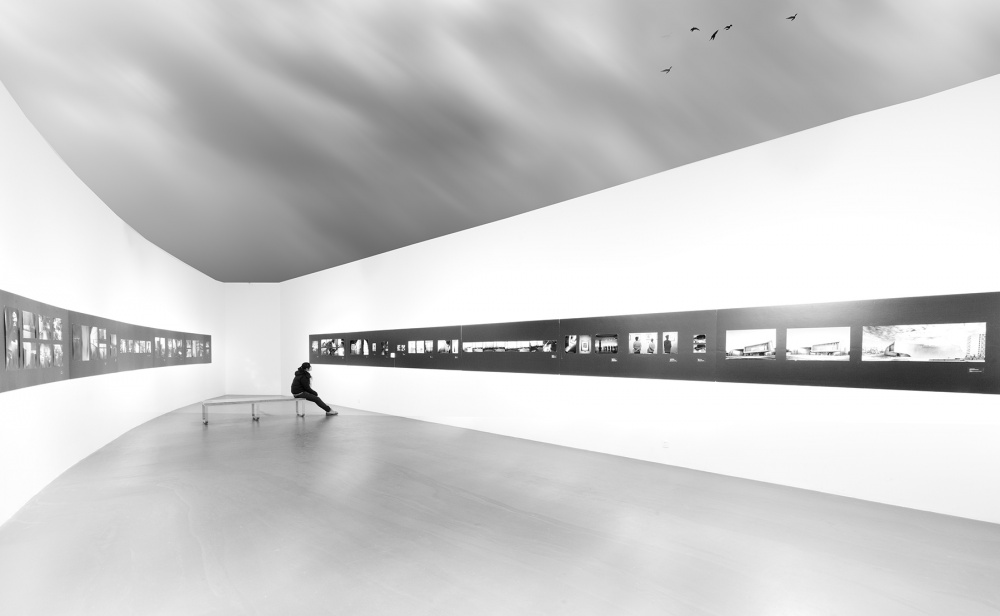
'Space to think' by panfengguang
To many of us, the mention of negative space immediately brings to mind the niche concept of “less is more” minimalist artworks or photos with loads of white spaces surrounding tiny subjects. These can be powerful works of art, of course, with the creations stripped down to their bare essentials creating dramatic impact.
NEVERTHELESS, THE NEGATIVE SPACE CONCEPT ENCOMPASSES MUCH MORE THAN THIS.
The consideration of negative space in conjunction with the positive space taken up by subjects is one of the fundamentals of good artistic composition and should be top of mind each time you press the shutter release.
Negative space is the space between, inside and around objects and, together with positive space (the space taken up by objects), provides balance, unity and focus to a photo (or any work of art).
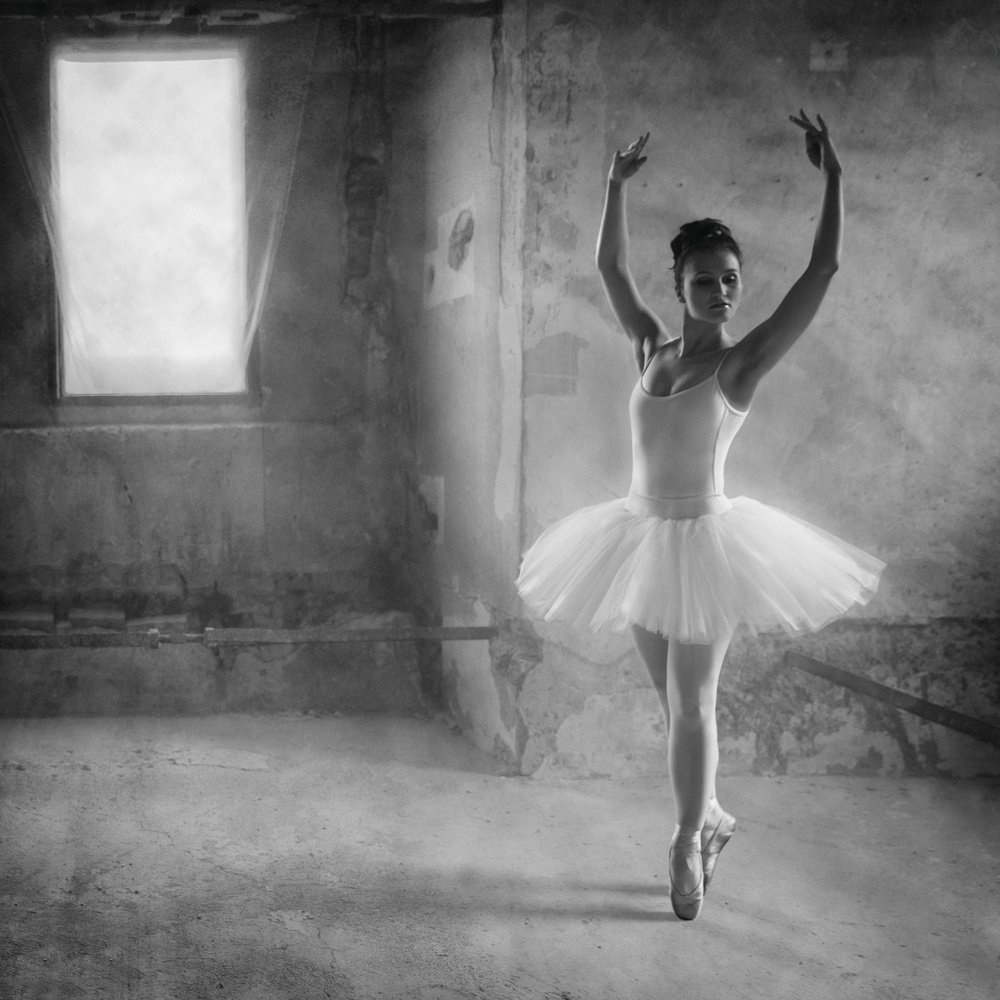
'in position' by Roswitha Schleicher-Schwarz
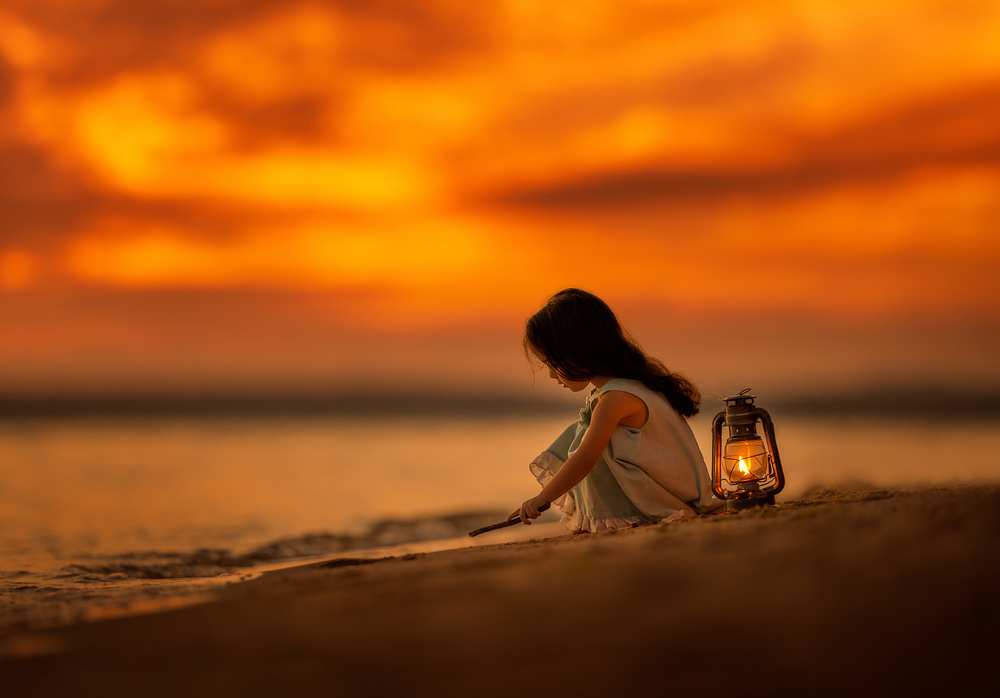
'My Early Morning...' by Lilia Alvarado
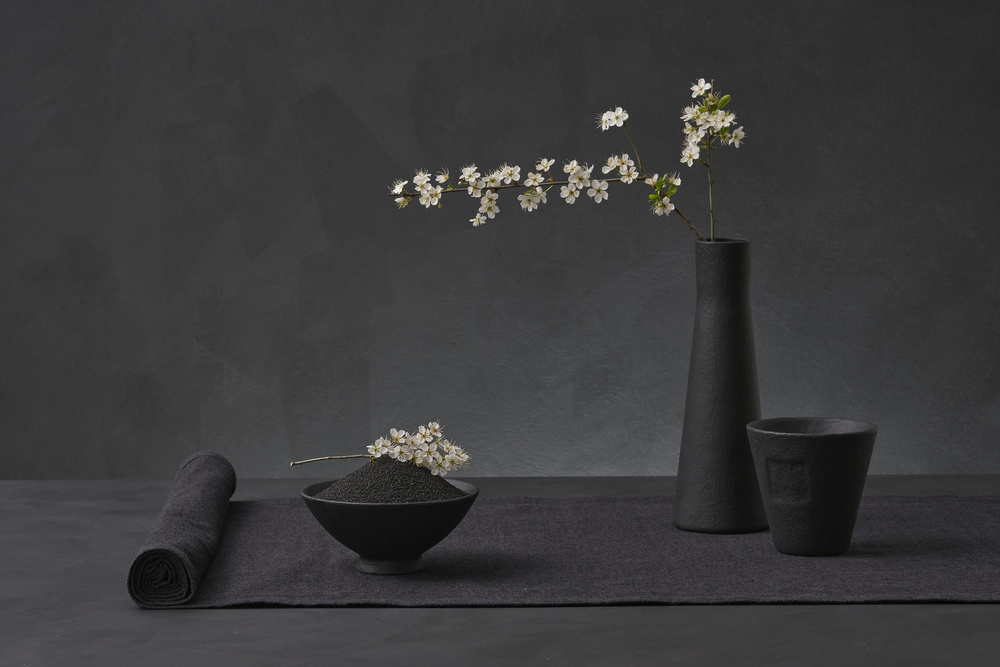
“Crataegus' by Christophe Verot
Some art teachers believe that, to depict shapes properly, the student should look only at the spaces around the shapes and then draw these spaces, a technique that often produces better pictures than when trying to draw the shapes themselves.
Positive and negative spaces together create a figure/ground relationship, one of the principles of Gestalt Psychology, the basis of which is that the whole of anything is greater than its parts. The human eye tries to isolate figures from their backgrounds. If subjects are allowed to stand out from their backgrounds through silhouetting, using empty spaces or simple backgrounds, they are clearly seen.
In some illusions, like Rubin’s Vase, the positive figure and the negative spaces both depict a complimentary shape, and the brain moves in an unstable fashion, jumping from one shape to the other to interpret them– it cannot see both at the same time.
Negative space can consist of any low impact elements, such as totally empty space, textures, dark or light tones, or out-of-focus areas, but they should blend into the background so as not to provide clutter around the subject. It can be used to frame a subject, to make it stand out by identifying it as a focus point in the absence of clutter.
Positive and negative spaces should work together to achieve balance in a composition, but the negative space can be used to purposely disturb this balance, creating tension in the composition. Imaginative use of negative space can create drama, a sense of quiet, loneliness, despair, or relaxation, depending on how it is handled.
In minimalist photos the composition is filled with lots of negative space, which draws attention to the smallness of an object placed within it, emphasising it in a dramatic way.
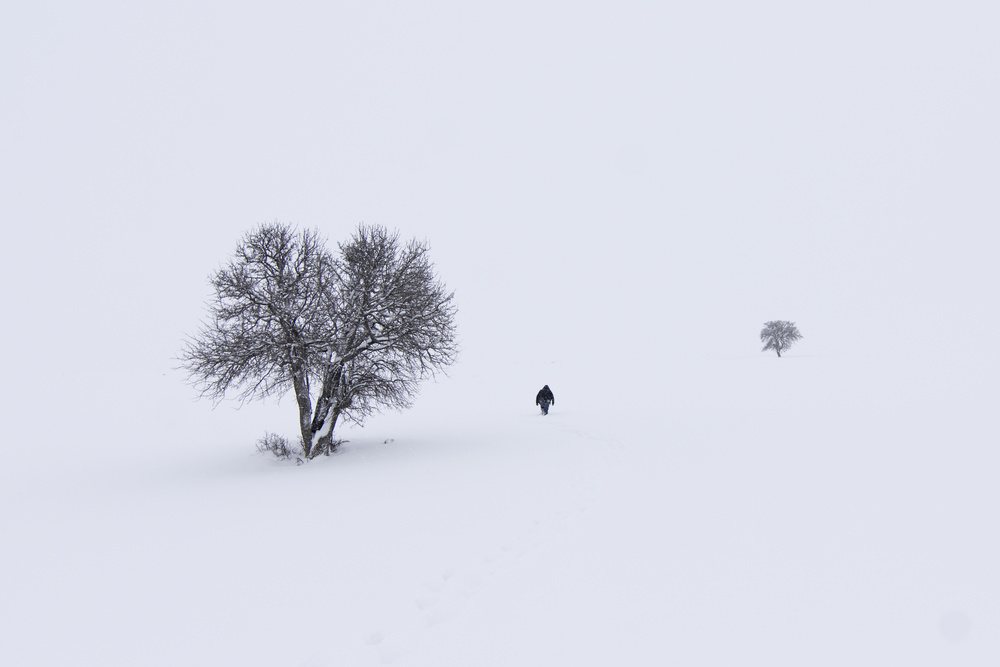
'Minimalist' by Mustafa Cebecioglu
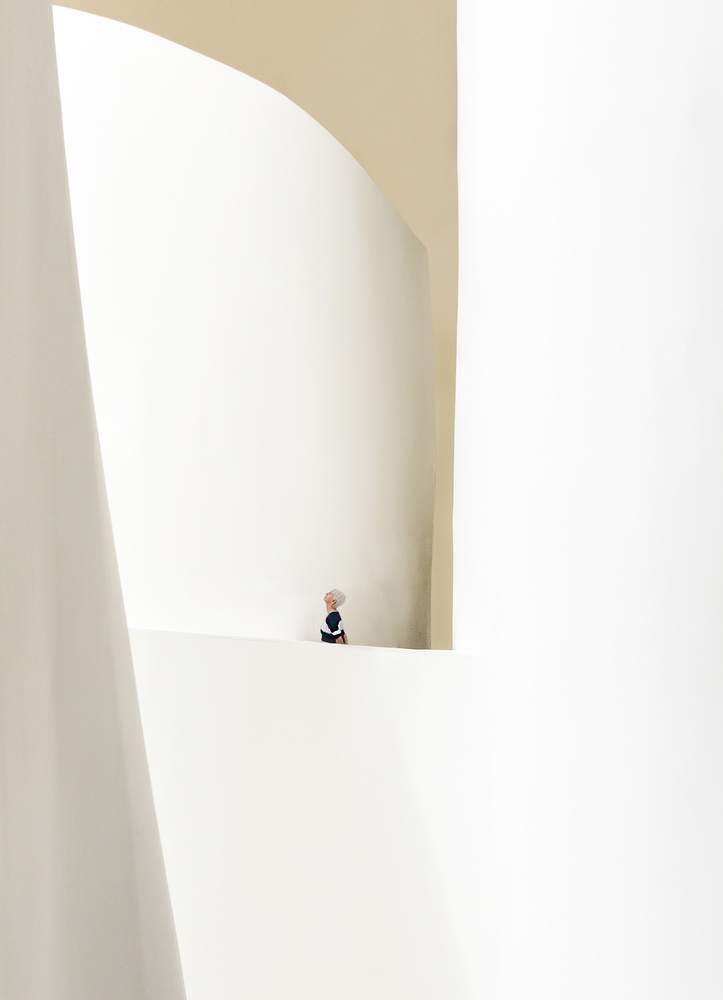
'Things Are Looking Up' by Wayne Pearson
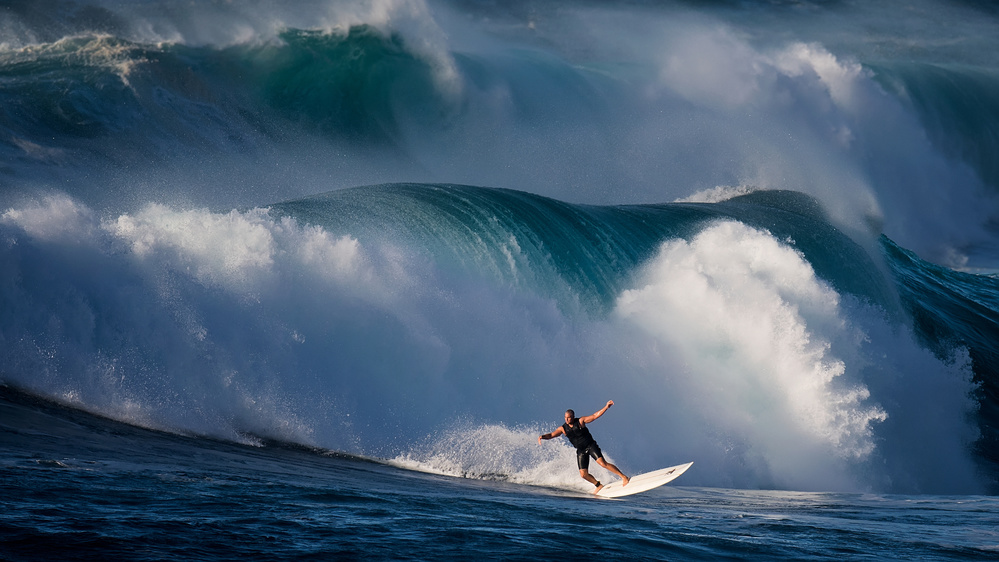
'Dancing With Waves” by David H Yang
Another aspect of negative space used properly is that it prevents claustrophobic effects by allowing breathing space in portraits, and room for animals and birds to move into in nature photography. On the other hand, a sense of being cramped can be created by a deliberate lack of breathing space.
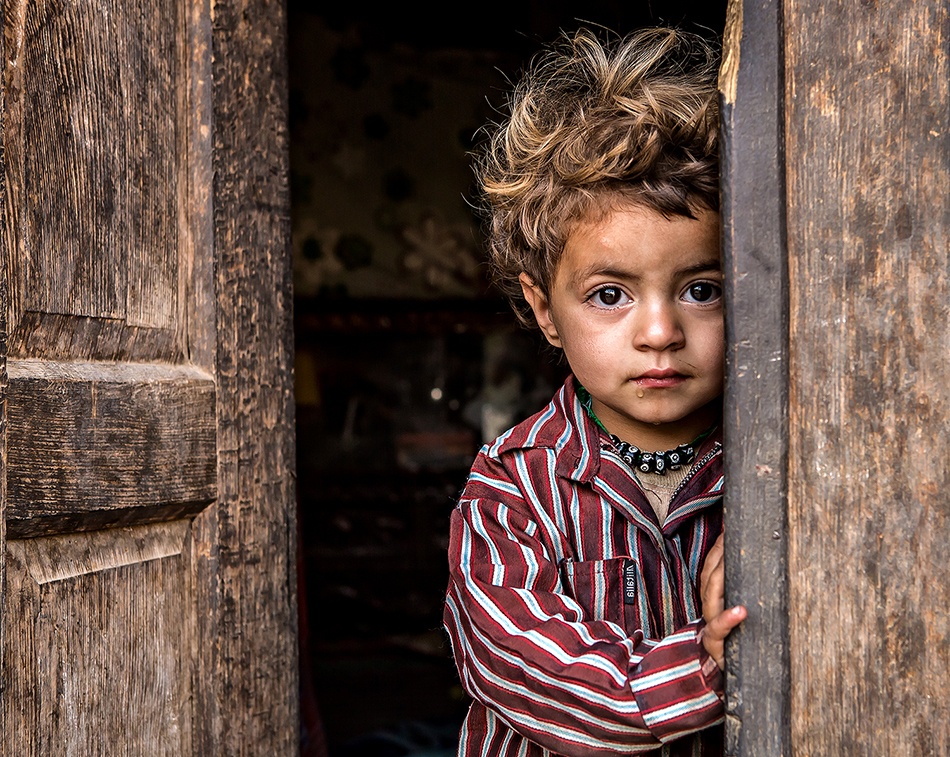
'Darling' by Mohammadreza Momeni
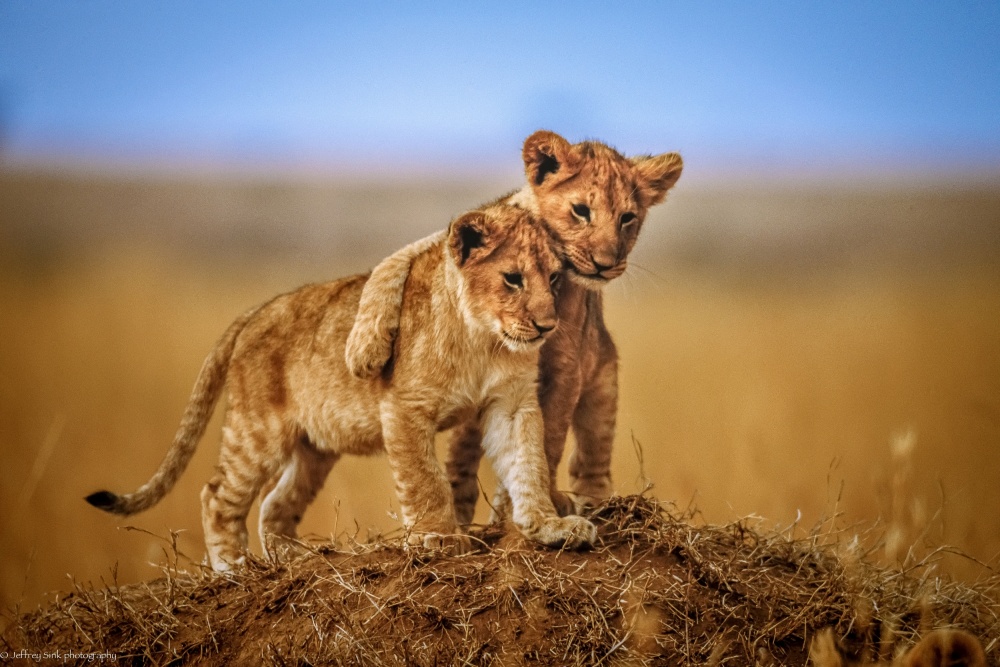
'Brothers for Life' by Jeffrey C. Sink
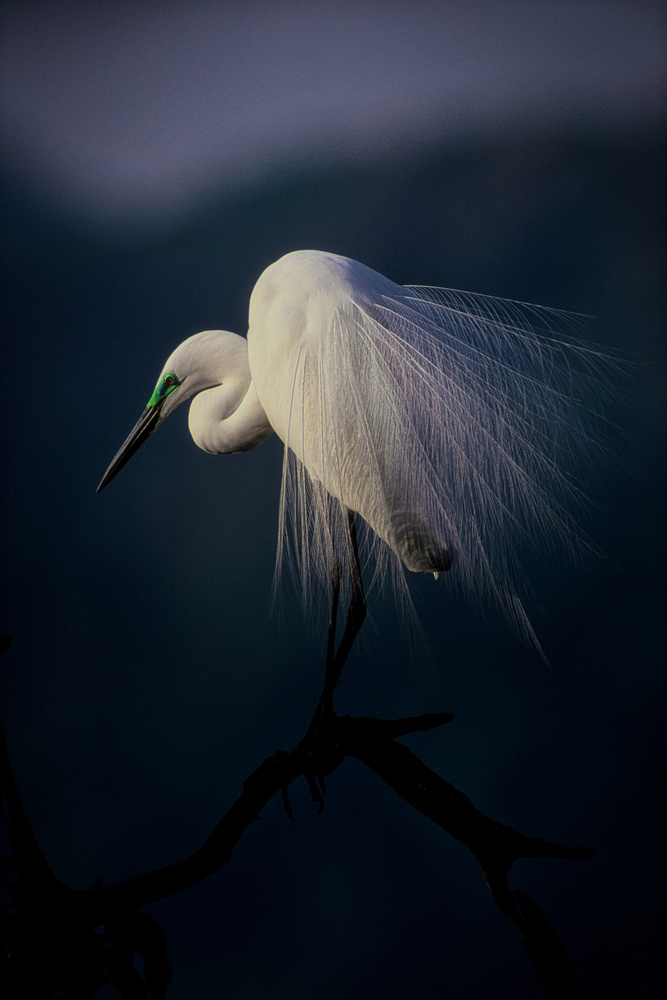
'Beautiful ornament feathers' by Takafumi Yamashita
It is clear that the interplay between positive and negative spaces plays a huge part in the way we perceive artistic compositions and, if harnessed in our photography, could have exciting possibilities.
IT’s A KIND OF MAGIC.
Lourens Durand
 | Write |
 | Keivan Zavari Thank you very much for the nice article. Also a great selection of where the negative and positive spaces are incredibly well chosen. |
 | Christophe Verot Thanks a lot to Lourens and Yvette for this wonderful article and to choose one of my picture. I appreciate a lot. Congrats to all the others photografers. |
 | Vladimir Funtak PRO Thanks. Way to go.. |
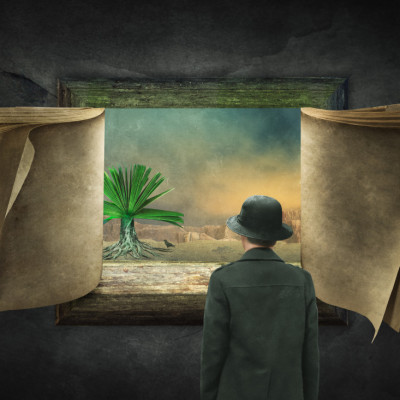 | Huang 非常精彩,每一张图都喜欢! |
 | Wayne Pearson PRO Hi Lourens, thank you very much for selecting and including one of my favourite images (featuring my wife inside The Guggenheim ) in your article, "Negative Space" ,it is a great thrill, I really appreciate it very much! |
 | Alexej Schulz PRO Wonderful article, Lourens, that brings the nature of „Negative Space“ into a reasonably wide and more precise definition. BTW: Thanks for considering my „Illusion“ for exemplification, I feel honored. Congrats to all for the great examples, too! |
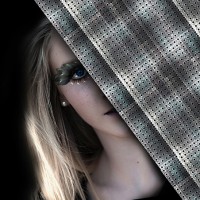 | Natalia PRO Thank you very much Laurens Durand. I am delighted to have one of my images in your fantastic article. Congratulations to all the other members.
|
 | Bobby Kostadinov Thank you for including my work:) |
 | Daniel Springgay CREW Lourens thank you for a great article and wonderful images I love them all. I've read your words three times and come to the conclusion that my head is full of negative space. Now I know why I'm light headed - Thanks for that.. Please thank all in the making of this gem... Just beautiful.. |
 | Yvette Depaepe CREW Very nice article, Lourens! It really shows another facet using the negative space...
Thanks a lot and congratulations to the authors of the great examples in the gallery.
Have a great weekend ahead, everybody. Cheers, Yvette |